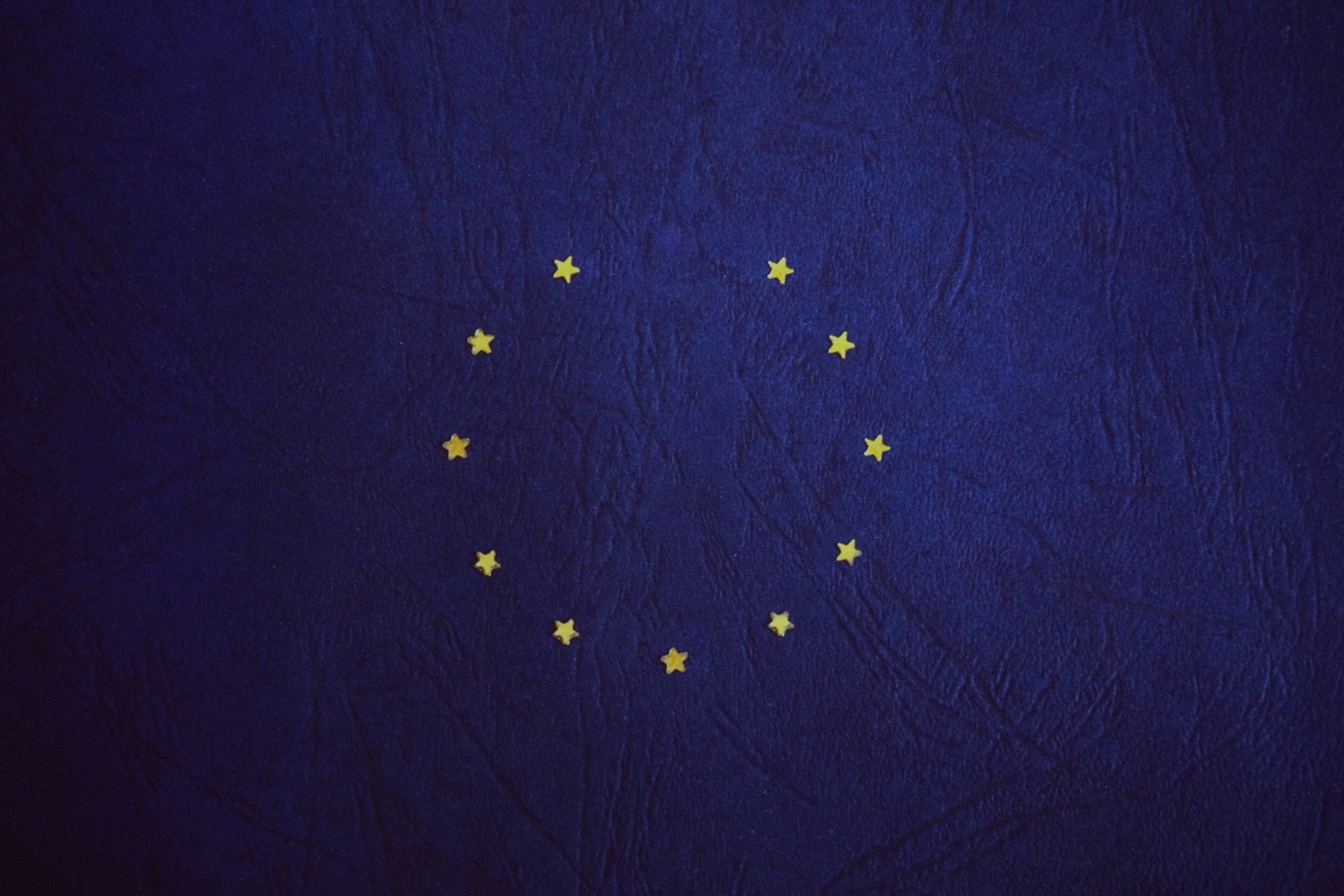July 14, 2017
The European Union continues to be a strong proponent of multilingualism, prioritizing and promoting language diversity. That emphasis on multilingualism has permeated many parts of life in the EU. Students often learn at least one foreign language in school and the European Commission commits itself to use an incredible amount of languages in internal and external communications.
But what are the European languages and which of these are official languages, working languages and minority languages within the European Union? Let’s take a look at the many languages of the EU and examine its linguistic diversity and history.
European Languages
The language community of Indo-Germanic and Uralic languages form the European languages, that is all languages spoken in Europe. The European language family may include a different number of languages, depending on whether we understand this language family in a political, geographical, linguistical or cultural-anthropological context.
Most languages belong to the Indo-European language group (Baltic, Germanic, Celtic, Gaelic, Roman, Slavic, Albanian, Armenian and Greek languages). Finnish, Hungarian and Estonian belong to the Uralic languages.
Other languages like Turkish, Mongolian and the North Caucasian languages also have a significant number of native speakers living in Europe.
The Maltese language is an exceptional case in Europe; it is the only Semitic language in Europe. Similarly, Basque is an isolated language, which means that it does not belong to any surrounding language family.
Until 1867, Latin was the language of communication in Europe. It was then French until 1918, when English became the common language. Today, the predominant non-European languages spoken in Europe are Arabic, Chinese and Hindi.
Official Languages
The 28 member states of the European Union have 24 national official languages, which are also the official languages of the EU. All law and legal documents are translated into all 24 official languages. That means all EU documents are available in three separate alphabets.
All EU citizens have the right to contact the institutions of the Union in his or her language and to receive an answer in the same language. The negotiations and meetings on the ministerial level are also translated into all official languages of the Union.
Those official languages are: Bulgarian, Danish, German, English, Estonian, Finnish, French, Greek, Italian, Irish, Croatian, Latvian, Lithuanian, Maltese, Dutch, Polish, Portuguese, Romanian, Swedish, Spanish, Czech, Slovak, Slovenian and Hungarian.
Even after Brexit, English will continue to be an official language of the EU.
Working Languages
Three of the EU‘s official languages, English, French and German, are used internally as working languages in the institutions of the EU. The documents in commission meetings and in the permanent representative committee are always available in these three languages.
In the court of justice of the EU, the primary language is French. German, which became a working language only in 1993, plays a minor role. In most of the meetings of the European council, interpretation is offered only for the five main European languages, that is, the three working languages plus Spanish and Italian.
Minority Languages
In Europe there are more than 30 regional and minority languages. The Charter for Regional or Minority Languages recognizes and supports languages which are not official languages of the EU. These are languages like Catalan and Basque in Spain, and Russian in the Baltic countries.
Some languages previously spoken in Europe have sadly vanished. Languages like Ladin, Livian, Cornish or Wilhelmsaurish no longer have a self-sustaining population of native speakers. The EU research project ELDIA (European Language Diversity for All) tries to document all the endangered languages in Europe.
A Melting Pot of Linguistic Diversity
Europe is full of cultural and linguistic diversity, as evidenced by it’s wide array of working languages. The EU’s emphasis on promoting multilingualism is a progressive step in keeping endangered languages alive and promoting the diversity of different cultures and people.
This melting pot of languages accents the importance of bilingualism and engaging with a number of different audiences when conveying a global message. From Cornish to German, Europe has much to offer linguistically.
Maja Linthe
Dr. Maja Linthe is an expert in texts of all kinds in old and new media. She holds a doctorate in Slavonic studies and speaks German, English, French and Russian. Prior to joining ULG, Maja worked several years as an author and journalist. She also specializes in new media and marketing in the language services industry.

